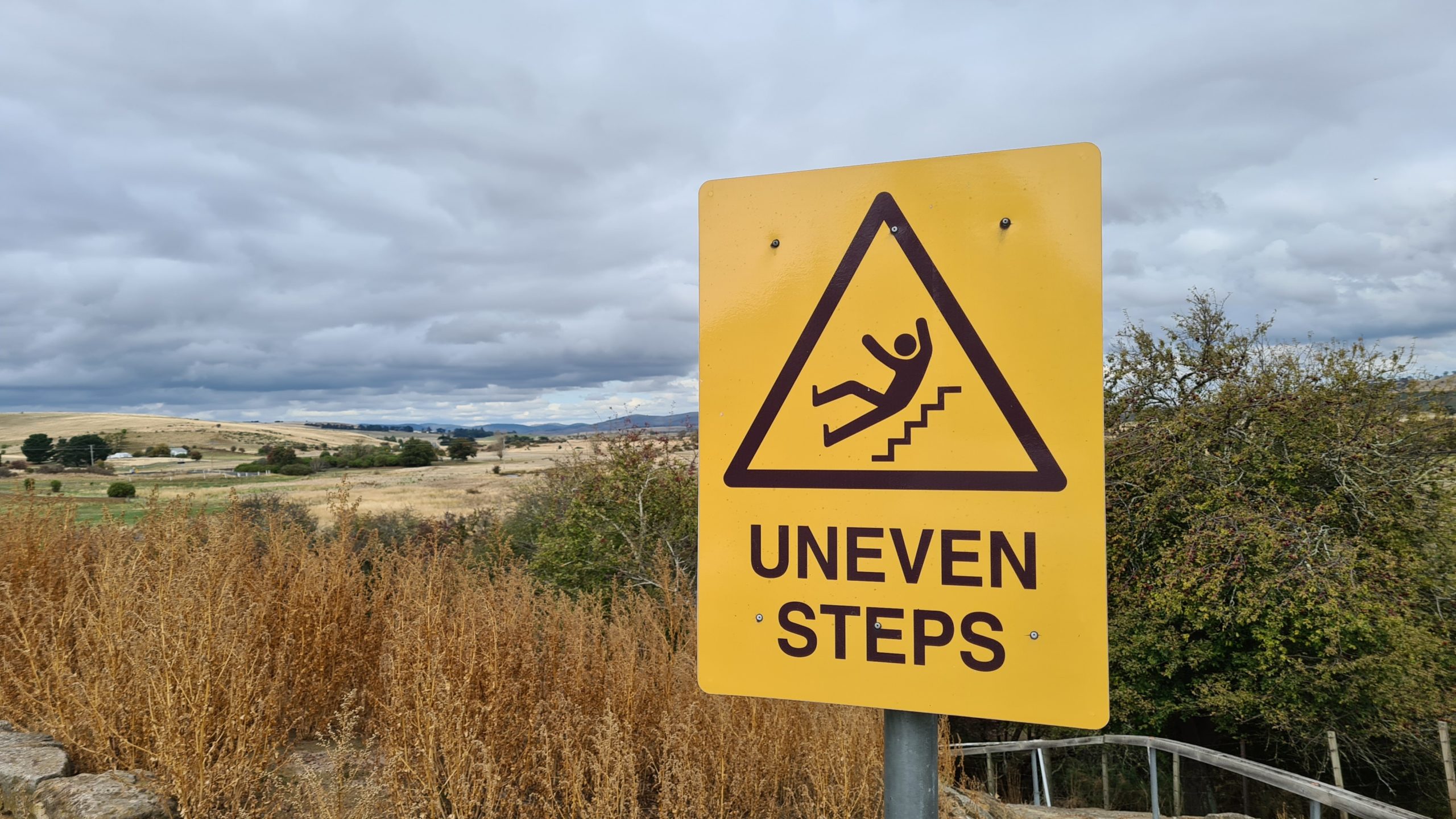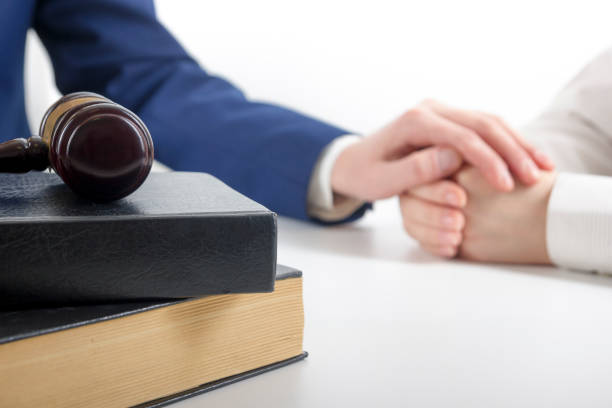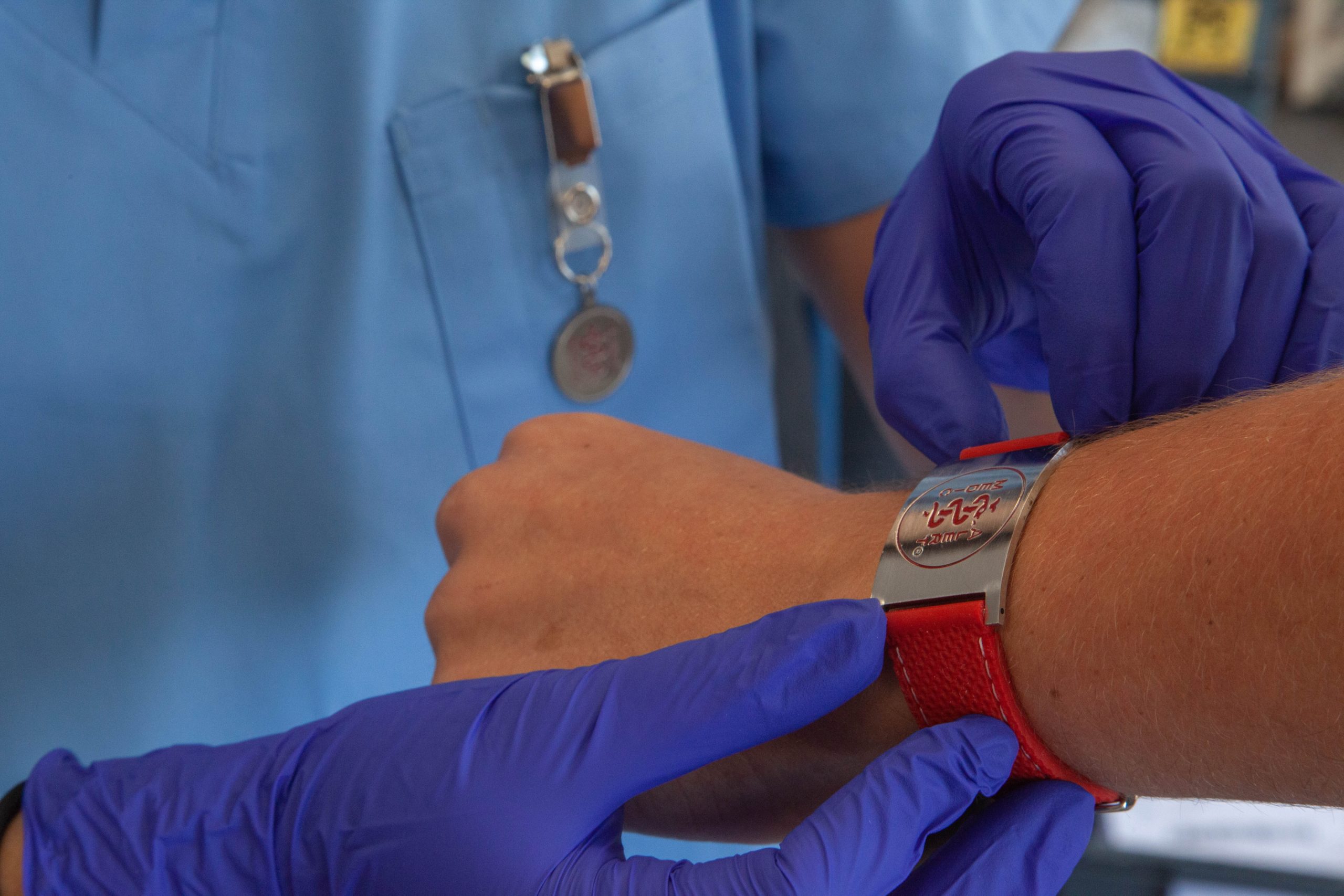When someone passes away due to an unsafe product, it can devastate their loved ones and family. Not only must they deal with emotional trauma but they may also face financial and legal burdens that stem from this event. If the cause can be traced back to defective manufacturing or distribution practices then the victim’s family could file a wrongful death suit against these parties.
What constitutes a defective product?
Defective products refer to any item which causes harm due to design flaws, manufacturing flaws, inadequate warning or instruction, or inadequate product design. For instance, if defective car brakes lead to an accident and result in someone’s death, the manufacturer could be held liable for producing such an unsafe product.
What Is Wrongful Death (WLD)
Wrongful death is the legal term used to refer to situations in which someone dies due to another person or entity’s misconduct, negligence, or default – such as producing and selling dangerous products which should have been known about prior to production and distribution.
How to File a Wrongful Death Lawsuit
To successfully pursue a wrongful death suit, the family or representative of a victim must show that his/her death was directly attributable to a defective product and provide evidence showing the manufacturer or distributor acted negligently or recklessly by creating and selling such dangerous goods. Furthermore, they must show how the death has caused financial and emotional hardship for themselves as a result.
Damages that may be awarded in a wrongful death suit include reimbursement for medical costs, funeral costs, lost wages, companionship losses, and pain and suffering.
Conclusion
Defective products can sometimes lead to the death of people, and when this happens their families can file a wrongful death suit against the manufacturer or distributor of that product. While no amount of compensation will ever bring back someone you loved, holding those responsible accountable may provide some justice and closure for grieving families. If you believe a death was due to a defective product, use it is essential that legal advice, be sought immediately in order to evaluate all your options and pursue justice on their behalf.
If you or a loved one has been injured in an accident due to someone else’s carelessness or fault, Darfoor Law Firm is here to provide support and suggest the best course of action.
Accidents can be difficult to deal with; that is why having someone who understands and empathizes is so important.
Call us at +1-833-DARFOOR for a free consultation and case evaluation.











